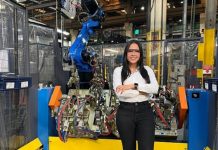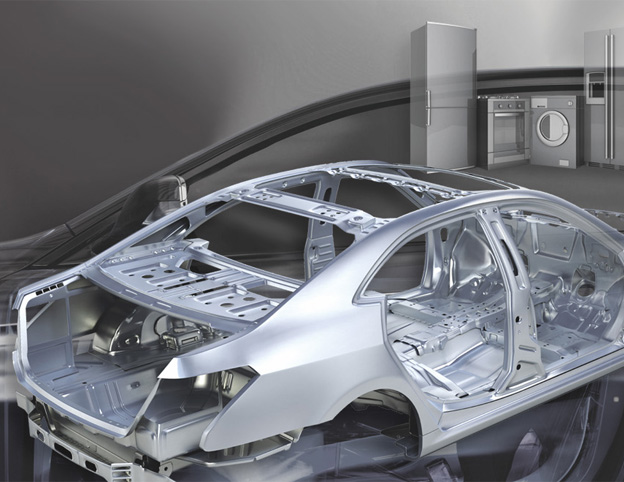Why the role of the process engineering professional is crucial and ever-evolving in an age of digital transformation
Have you been wondering how you can actively participate in the fast-paced digital transformation and heavily utilize digital forms in engineering and manufacturing? Are you concerned that human intelligence may be replaced by artificial intelligence? Are you worried about job displacement due to AI, ML, and smart production through sensing and adaptive control? Are you hoping to delay the success of digital transformation?
These are valid questions to ask ourselves, as we have seen similar shifts in the past during the industrial revolution, from horsepower to machine power, manpower to robot power, and now human intelligence to artificial intelligence. It is understandable to have fears about the future, but it is important to appreciate the value of engineering and understand the true meaning of digital transformation. It is worth discussing how to handle this transition for the security of our jobs.
As a group, engineering professionals possess powerful human intelligence that can seek optimal solutions through historical, complex, and dynamic group information and creative ideas from the freedom of design space. They are not easily automated through digital twins and cannot be compared to a one-brain approach for finding common goals across departments. Engineers are not in competition with AI, ML, and execution systems, but rather, digital transformation is a group effort to efficiently and effectively utilize digital twins.
Digital twins are tools that help us win in product development, but we must think deeply about how to approach digital transformation, which has already begun. Let’s take a look at the entire engineering process chain for value creation, where digital transformation plays a key role. By doing so, we can hopefully find answers to our questions and alleviate any fears.
Engineering value stream
Breaking down silos by bringing many departments together is an important step towards effective digital transformation. One ideal illustration of this is the curved stream of manufacturing process engineering. This stream centers on both upstream and downstream, and is an effective way to manage decision workflows towards a common goal of value creation, as shown in Figure 1.

Fig 1. Digital Engineering Value Stream (Digital Transformation Streamline)
The process engineering department is the most informative data storage. This is because it is focused on both product engineering and production engineering. The curved stream that encompasses many contact surfaces is more efficient and streamlined than the linear stream. The linear stream is siloed and difficult to get a unified vision for moving forward. Another advantage of the two curved streams is that it is easy to follow the V concept proposed as the most effective process for competitive product development and quality management. The first curved upstream is on the part of product design, “Verification” of the V concept, and the second curved downstream is on the part of product manufacturing, “Validation” of the V concept.
At these two curved streams, manufacturing process engineering could be characterized by the following activities:
- Participating in both upstream and downstream processes (contrastive)
- Exchanging many different things at the same time (simultaneous)
- Incorporating many engineering aspects (unfamiliar)
- Directing towards two focuses and aligning with organizational goals (comprehensive)
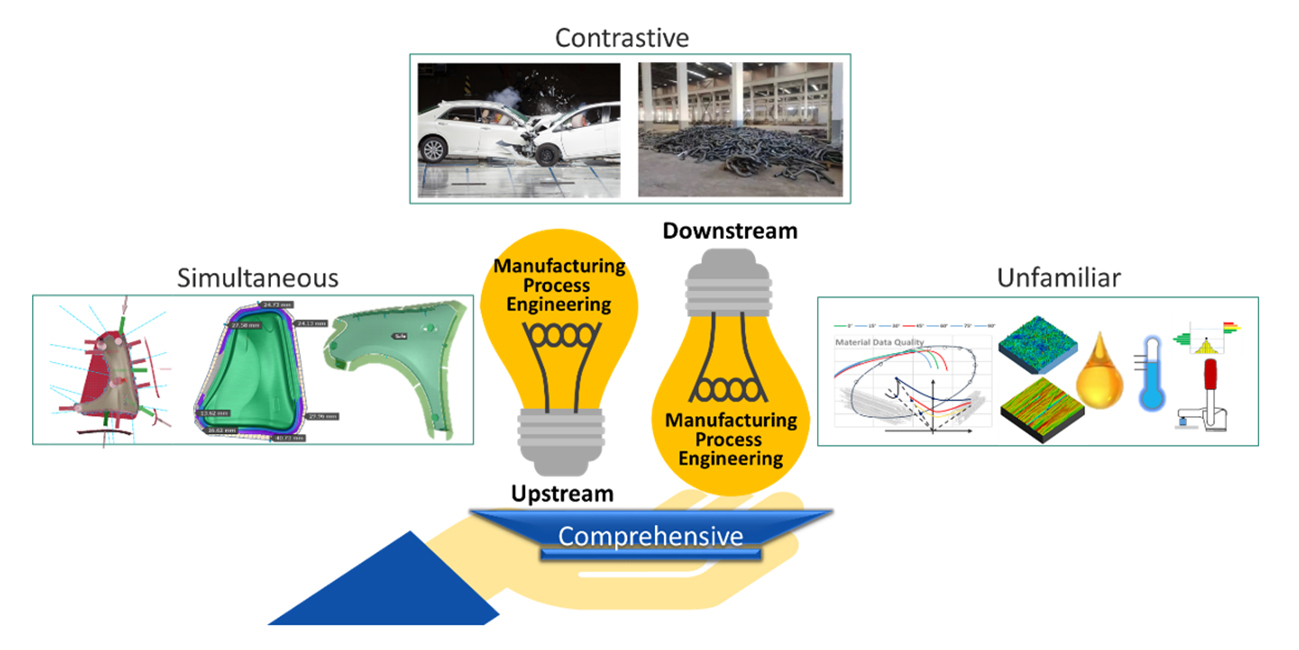
Fig 2. A character of manufacturing process engineering
Simply put, the job of manufacturing process engineering is broader, more complex, and more demanding than other jobs. All of these process engineering challenges are crucial for excellence throughout the entire engineering chain. We can see these challenges when we look at the properties with adjective expressions such as contrastive, simultaneous, unfamiliar, and comprehensive.
From the meaning of contrastive engineering, process engineering must find the optimal solution between the design freedom of functional performance and the manufacturing freedom of economical productivity. To make this easier, setting key performance indicators for each is one of the tasks of process engineering. Recently, the primary challenge has become the time pressure on decision workflows. The exchange speed of simultaneous engineering, based on process engineering outcomes, is critical in making accurate decisions and moving forward.
Another challenge for process engineering is handling the increased number of disciplines with many new aspects in making decisions. Some aspects are new, such as tribology systems with tool polishing strategies, evaluating surface defects with a quantified 3-point gage, surface crack, tool spotting support, advanced material models, and variations, etc., that were not previously requested in simulations.
A central idea to describe the job of process engineering is to have comprehensive insight into organizational goals, which is crucial for achieving business success through engineering excellence. Every single decision with engineered function and productivity must not negatively impact the bottom line. Engineered manufacturing processes should comprehensively state a net present value in competitive product development, operation, and productivity.
In recent years, process engineers are facing great changes in tasks as described above, and must have a powerful hand to guide all departments and push them forward. To support and guide all organizations in making accurate decisions, the digitalization of process engineering also needs to be comprehensive. This means that groups of people must be able to communicate and make decisions based on process engineering for both upstream and downstream. In this context, where there are multiple contacts and aspects occurring simultaneously, comprehensive digitalization intentionally follows a curved streamline to provide feedback to both upstream and downstream processes.
Use collaboration systems
Collaboration systems can be incredibly beneficial for bringing organizations together and promoting collaborative engineering. Digital systems, in particular, have the advantage of connecting remote locations where engineers may be located. This is particularly true in today’s world, as more and more companies are using digital systems to integrate their workflows and organizations. Fully digitalized systems bring engineers from different departments and organizations together, breaking down silos that can sometimes arise between them. In this way, these systems are designed to empower each engineer to work more effectively across departmental and organizational boundaries.
Comprehensive platform
The field of process engineering encompasses a wide range of specific areas, such as those outlined in the AutoForm accuracy footprint and Pareto principle. To effectively cover these areas, it is crucial to have institutional systems in place that span the entire organization. These systems should enable engineers to communicate, brainstorm, and generate ideas while working within the three-dimensional design space or engineered geometry. A key component of these institutional systems is a Graphic User Interface that is controlled by a 3D viewer and modeler, along with a process engineering navigator. This architecture supports inter-departmental collaboration and allows for comprehensive implementation of engineering principles.
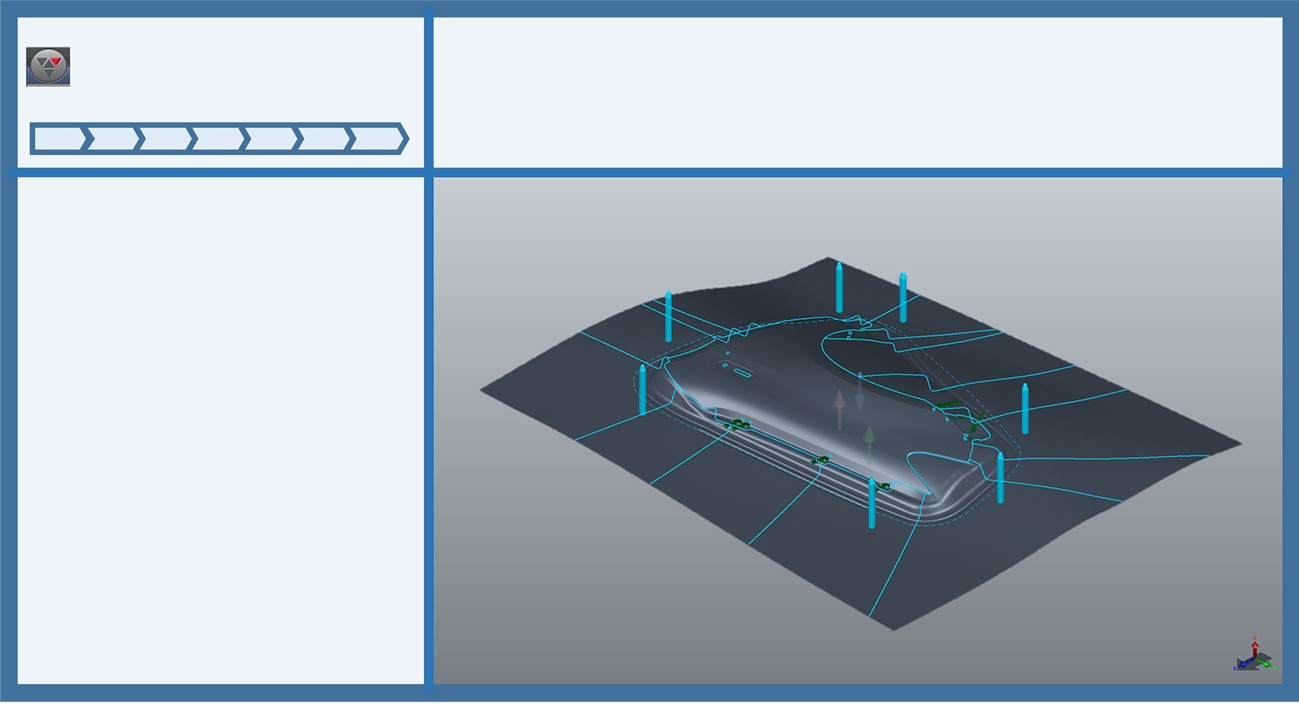
Fig 3. Comprehensive GUI system
Shared design files
To ensure that everyone is working with the latest digital information and designs, software systems often include a container that manages all aspects related to 3D geometry updates associated with manufacturing process engineering. This also facilitates collaboration on fully accessible data sets. Engineers can continuously improve the design by utilizing this integrated information, allowing project management to accurately schedule tasks, deadlines, and resources.
While different project management systems have their own milestones, each engineer ultimately works with the engineered geometry and the design file containing collaborative information for downstream and upstream processes. For example, using AutoForm GUI for everything, using the AutoForm design file makes more sense than using a stand-alone collaboration solution or reporting systems with summaries that are required to connect data information.
The design file structure generally includes typical aspects of process engineering, but there are also great plugins available that can simplify milestone meetings and make it easy to add additional plugins and extended milestones as needed.
Communication guidelines inside the design file
Collaboration systems require communication standards to make it easy to identify activities and engineering milestones. The AutoForm design file, with its embedded guideline standard, is designed to be a part of collaboration systems. Even though engineers and managers may not be in the same location, they can stay on the same design file to identify problems or issues and confirm solutions through an instant messaging system. This allows engineers and managers across all departments and companies to designate who will take ownership of those issues and respond to process engineering. The design files also allow all engineers to easily find and communicate with each other directly.
Human Intelligence
With many concerns about our future jobs, I want to remind you of the science fiction film E.T. the Extra-Terrestrial, produced and directed by Steven Spielberg in 1982. I suspect we were all excited about the finger touch stopping bleeding and pain, and the iconic bicycle scene flying over the streets. This film shows us that we have similar fears about new systems, but it also reminds us that new technology can bring miracles to our world. Similarly, digital twin technologies empower human engineering intelligence to find the optimal solutions with plenty of fun and surprises. By increasing interactions with digital twins, engineers can create miracle engineering solutions that meet best practices in contrastive competitiveness, on-time simultaneous deliveries, unfamiliar multi-disciplines, and comprehensiveness along the entire process chain. The more engineers participate in interacting with comprehensive digital twins, the better the engineered outcome will be. This large-scale interaction can easily be achieved through the use of a Graphic User Interface, as illustrated in Fig. 4(b).
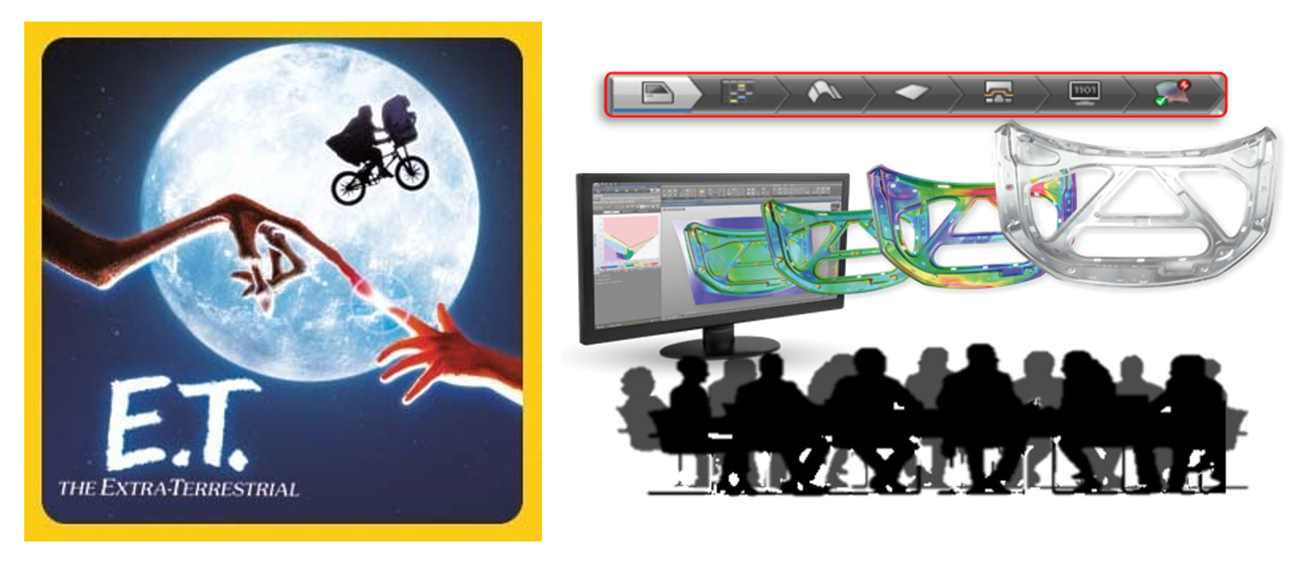
(a) E.T. movie poster (source)
(b) Breaking silo using graphic interface
Fig 4. The meeting of human and artificial intelligence
Human intelligence is the most powerful component in smart engineering and a barometer of digital transformation. Digital twin and artificial intelligence technology will not compete with, but rather serve to further empower human intelligence. Artificial intelligence cannot replace human intelligence and creativity – but can support and enhance human decision-making processes. Hence, the jobs of process engineers cannot be replaced by artificial intelligence and will – in fact – play a significantly more important role in the future by being at the heart of the digital twin creation process. Their human intelligence will be leveraged much more effectively to inform and drive downstream processes.
So, by embracing the chances offered by the digital transformation boldly, process engineers can open up a whole new world of opportunities for themselves and for their companies.






